Conservation in Agriculture: Water Demands, Irrigation, and Drought Adaptation
Population and economic growth, changing social values about the importance of water quality and the environment, and Native American water-right claims will continue to drive growing U.S. demand for water resources. Expansion of the U.S. energy sector is expected to further increase regional demands for water. At the same time, projected climate change, through warming temperatures, shifting precipitation patterns, and reduced snow-pack, is expected to reduce water supplies and increase water demand across much of the West. These trends are placing greater pressure on existing water allocations, heightening the importance of water management and conservation for the sustainability of irrigated agriculture. This book draws on several USDA agricultural production and water-use analyses and surveys, as well as an extensive literature review, to describe the U.S. irrigated agriculture sector, existing and emerging water demands, trends in water-use efficiency in irrigated agriculture, and funding levels (private and public) for farm-level irrigation investments.
{{comment.content}}
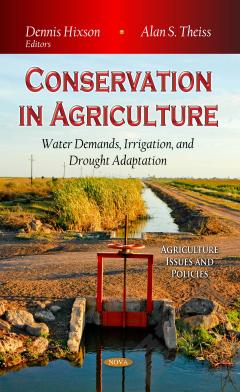
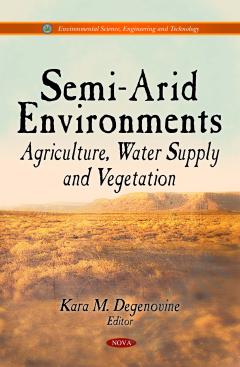
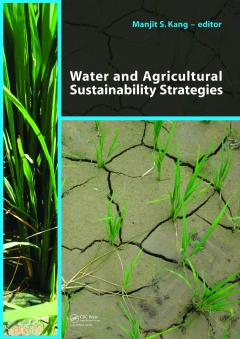


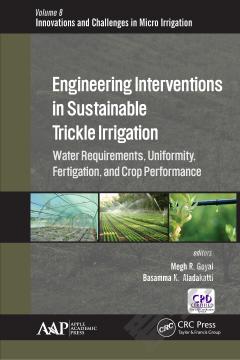
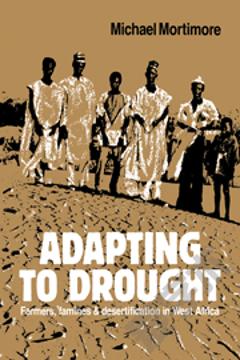

 京公网安备 11010802027623号
京公网安备 11010802027623号